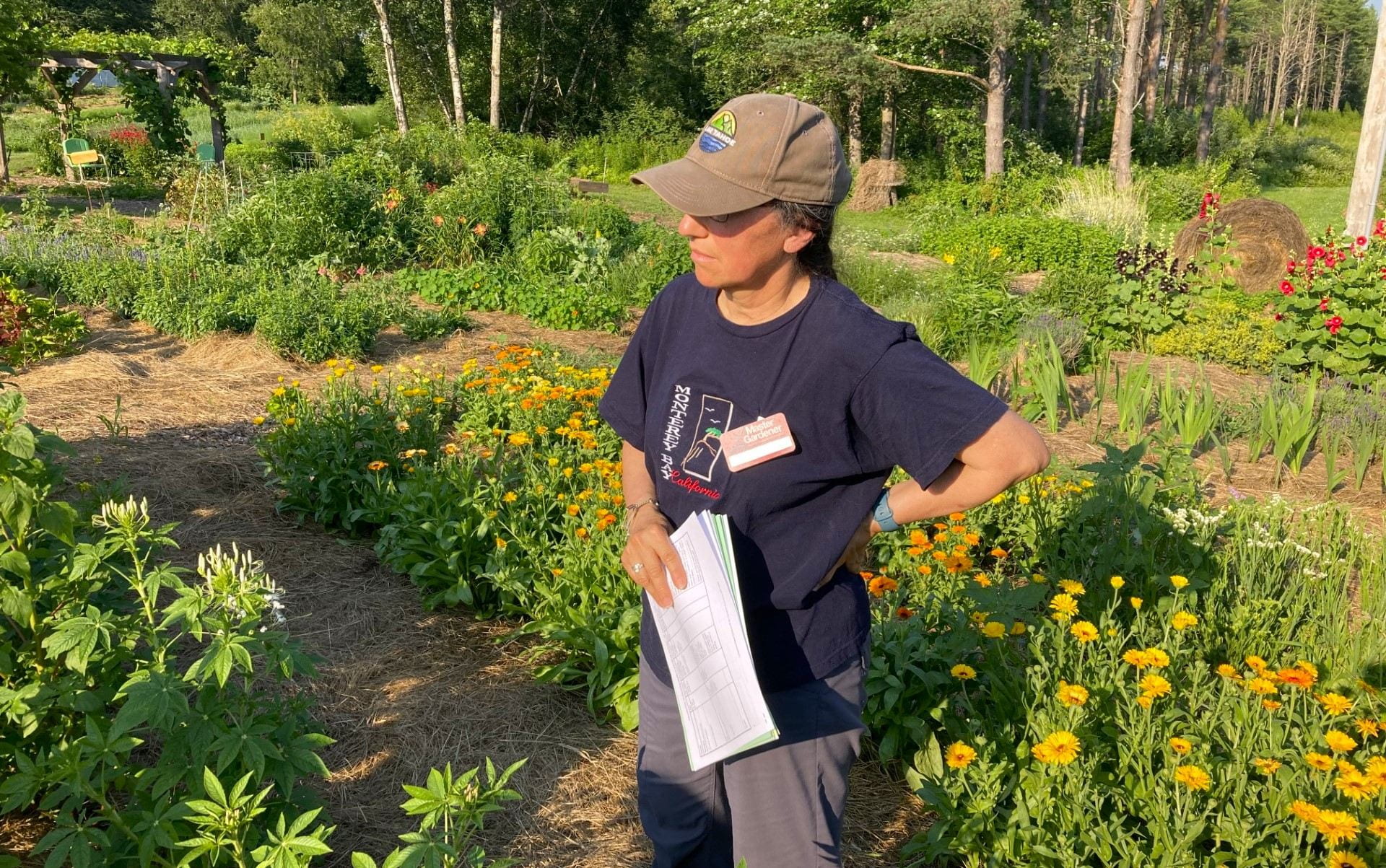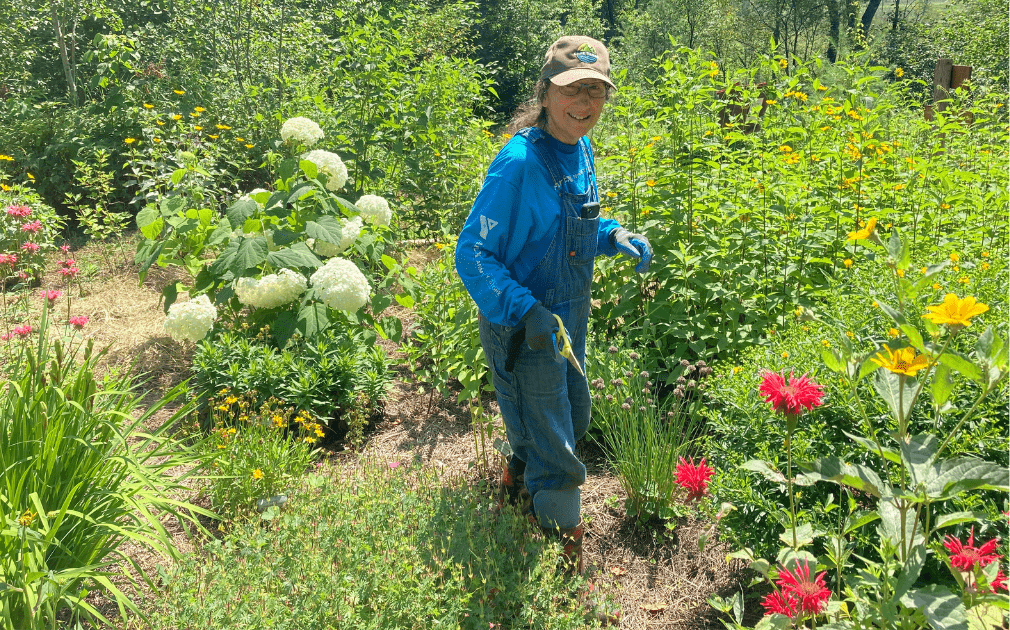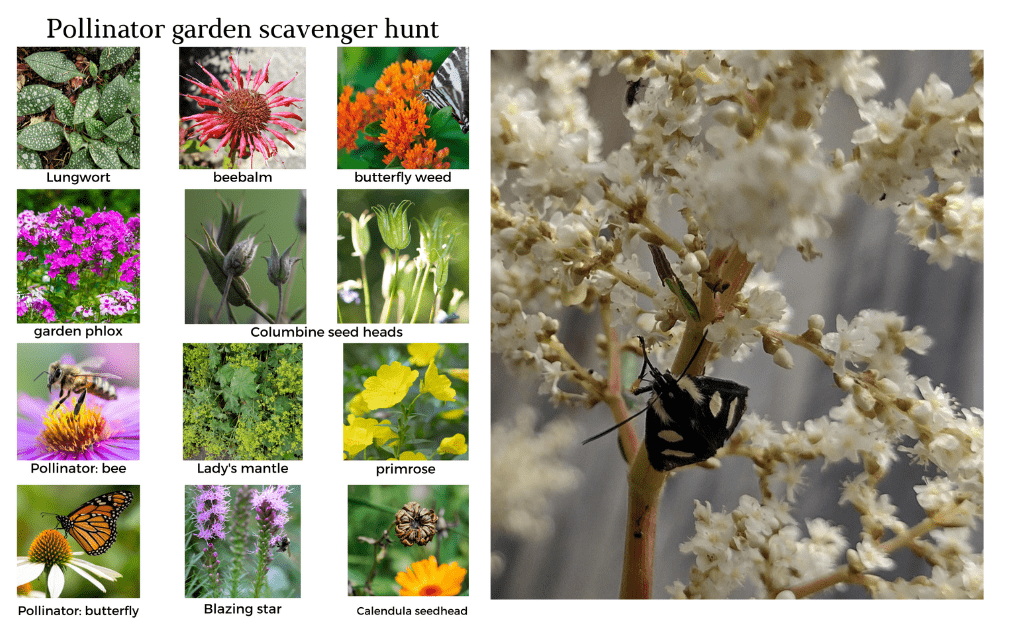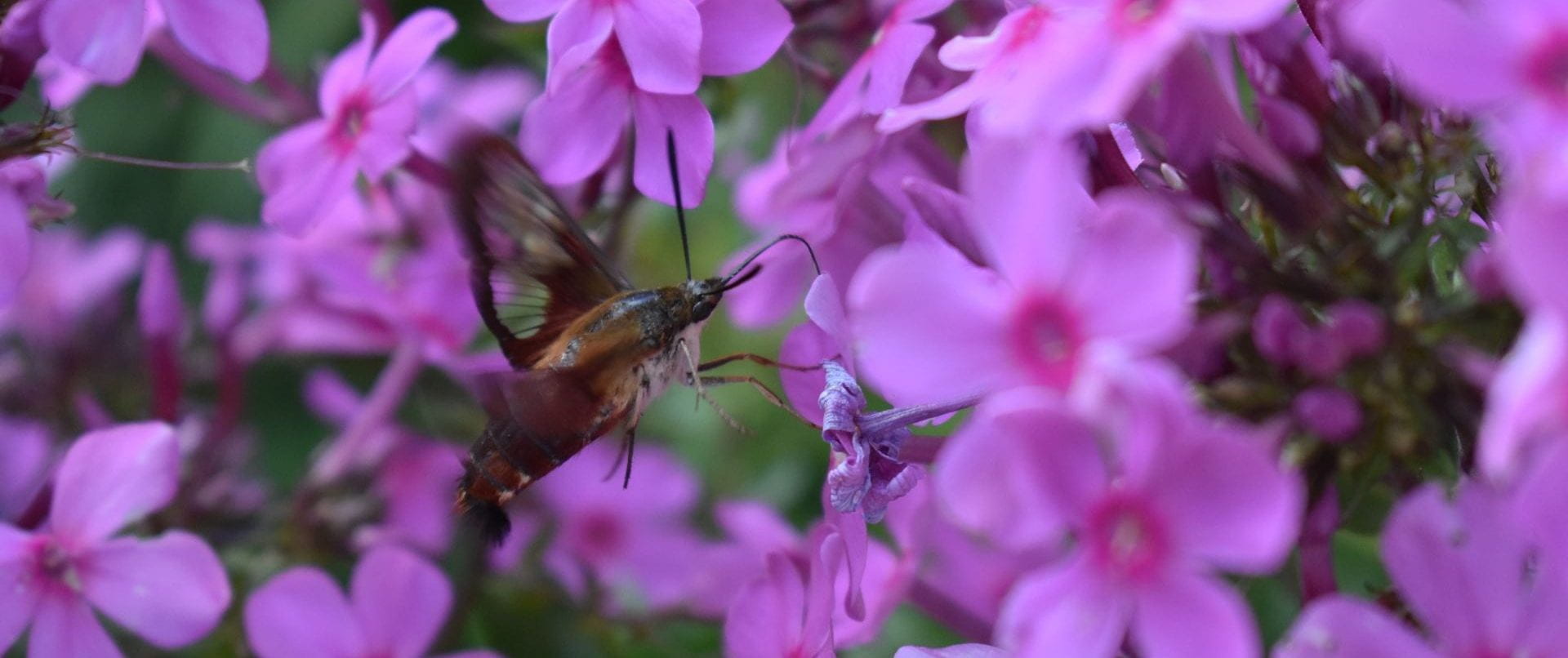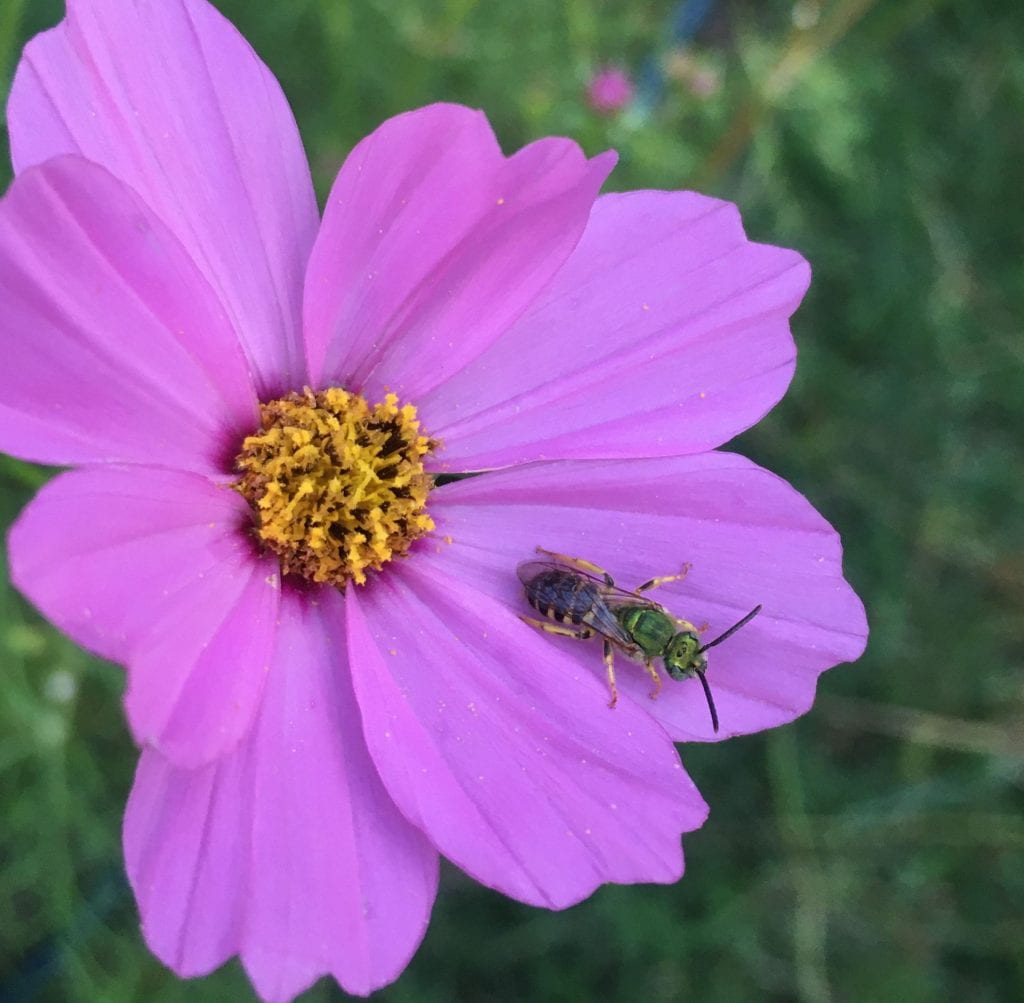With a new cohort of Master Gardener Volunteers beginning to serve their community, we’d like to introduce them (AND YOU!) to the group of MGVs who have sustained this program for the last several years. Meet Linda Carney, teacher, steward, and grower of food and flowers in Natural Bridge and the Baker Woods Preserve!
Can you remember the moment you decided to become a gardener, or when you realized you had become one?
My mother grew up on a farm where by necessity just about everything they consumed was from the plants and animals they raised. She left the farm, joined the military and then raised a family on the move. She always had roses and a few other plants to tend to wherever we lived, but these were always patches we left behind. When my husband and I bought our house and land here in Natural Bridge, back in 1986, that heritage and opportunity became mine to kindle and bring to fruition with our family.
What benefits do you gain from gardening?
It brings me great joy just being outside, seeing nature at work and discovering its beauty. When I can, I love to share that joy and the discovery of nature with children. I also find gardening to be a peaceful and rejuvenating experience.
Why did you want to become a Master Gardener Volunteer?
Becoming a Master Gardener Volunteer began as a means of connecting with my past but then evolved into a way to continue to learn and teach others. It allows me to maintain my connection with the school at which I taught for thirty years and where I helped to establish a small school garden.
